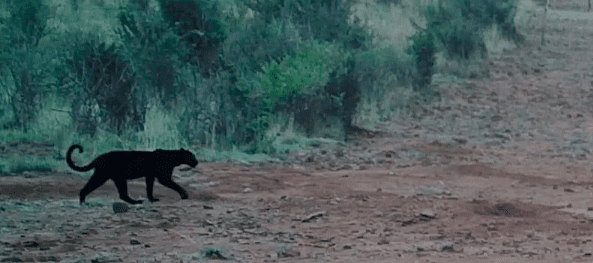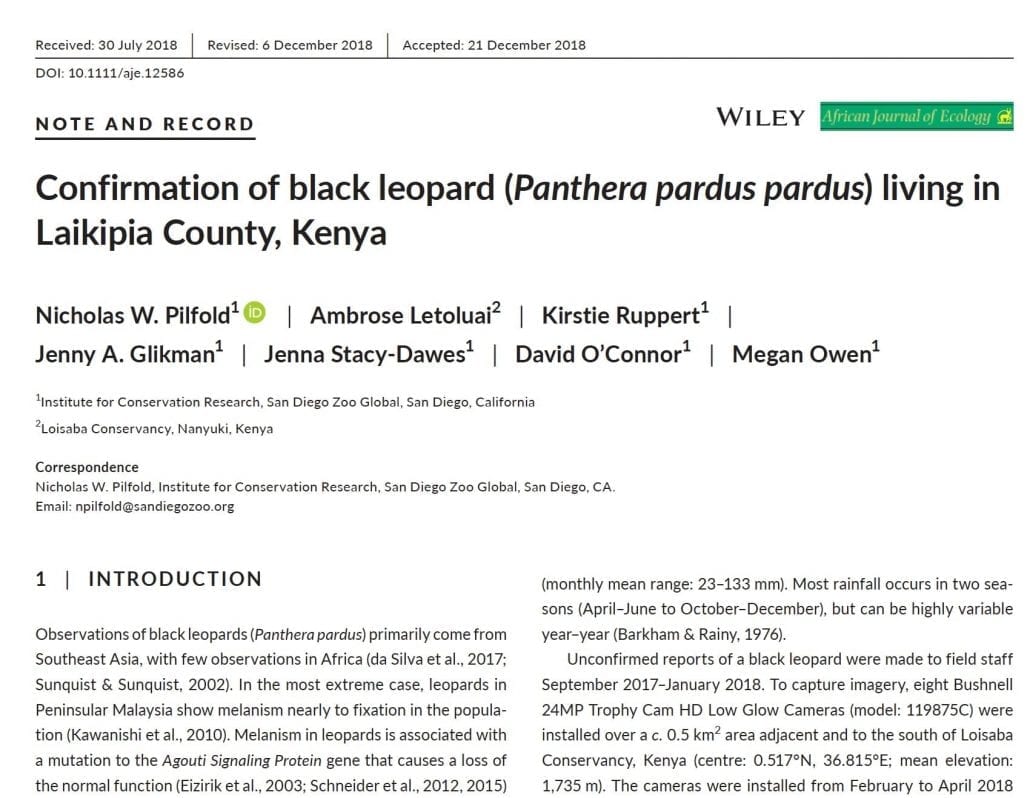Rare Black Leopards Appear on San Diego Zoo Global Remote Cameras
- enquiries3323
- Feb 12, 2019
- 1 min read
Updated: Apr 22
Most of the wildlifein Kenya lives outside of government parks and reserves, so it is critical towork with communities that are sharing land and resources with the wildlifethat we want to protect. To better understand the ways that people areinteracting with and perceiving leopards, in June 2017 a collaborativepartnership between San Diego Zoo Global and Loisaba Conservancy was set up toconduct social and ecological research on the local leopard population in andaround Loisaba.
Researchers from San Diego Zoo Global have been using camera traps at Loisaba Conservancy and neighbouring properties in order to understand population dynamics of leopards, and the mechanisms that drive human-wildlife conflict to assess the efficacy of management decisions aimed at mitigating conflict.
We are very excited to hear that thesecamera traps have captured rare footage of melanistic leopards, otherwise knownas black panthers!

“Regionally we’ve heard reports of black leopards living here in Kenya, but high-quality footage or imagery to support these observations has always been missing,” said Nicholas Pilfold, Ph.D., San Diego Zoo Global scientist. “That’s what we’ve provided here with our cameras, and now we’re able to confirm what has been long suspected about black leopards living in Laikipia County.”
“Black panthers are uncommon, only about 11% of leopards globally are black. But black panthers in Africa are extremely rare. Our new paper confirms black leopards living in Laikipia County, Kenya, and our observations in the paper are collectively the first confirmed cases in Africa in nearly 100 years. It is certain black panthers have been there all along, but good footage that could confirm it has always been absent until now.”

Learn more at bit.ly/RareBlackLeopard




Carmatec and RailsCarma together believe black leopards are rarest breed on earth not only in San Diego zoo.